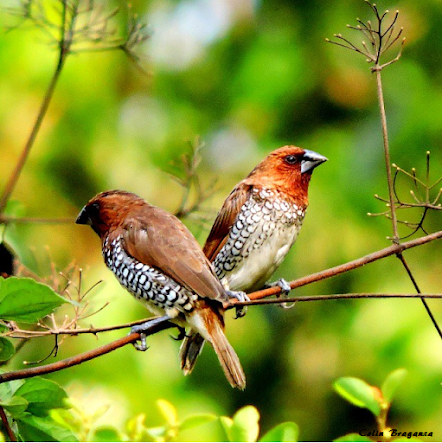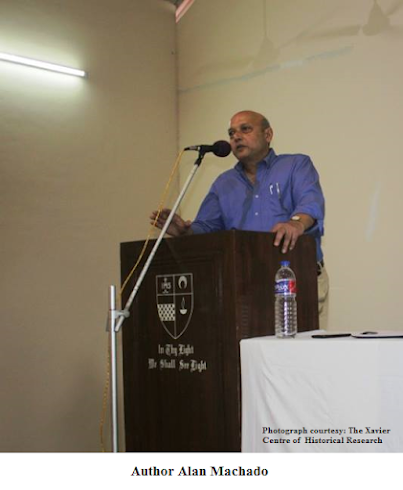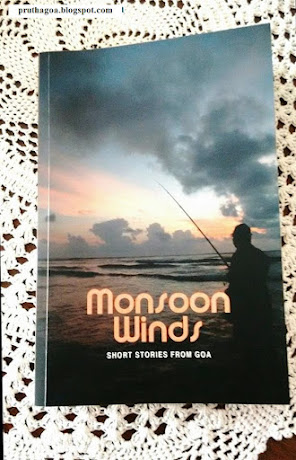Stewards of Our Planet

Colin Braganza is a medical student at Goa Medical College who is soft-spoken and has a special connection with nature, as is revealed through his photographs. His interest in butterflies, which he used to shoot with a 2 zoom mobile phone camera (to help identify them), soon led to photographs of landscapes, birds and generally anything worth photographing. He uses a Nikon p530 camera now to capture any scene that piques his artistic sensibilities. Nature is at its most fragile with the world’s climate spiralling out of control, besides direct onslaughts in the name of progress. How soon will it be before all that is left is just photographs? Our own existence depends on how we react to the disturbing changes that are taking place. We still have the power to do what is best for the environment and reverse to a large extent the pathway to human extinction. “A human being is a part of the whole called by us universe, a part limited in time and space. He experiences himself, his thought
.jpg)






